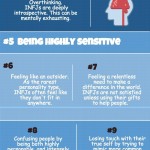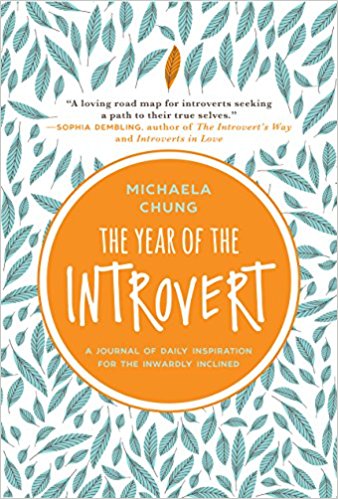
In rooms filled with silence, introverts often breathe easier. The noise dies down. The pressure to speak fades. In that space, connection can form in small gestures. Eye contact, a tail wag, the slow blink of a cat. This is where animal assisted therapy lives. It does not push. It waits in a quiet place and listens. And it meets a person on the level they choose.
This kind of therapy does not ask for a grand conversation. It works through presence. That’s why animal assisted therapy holds such power for people who feel drained by constant social demands. A quiet moment with a calm dog can unlock more than a long talk across a desk ever could.
Understanding Introverts on Their Terms
Introverts are not shy. They’re not antisocial. They just process differently. Where one person recharges in a crowd, another needs a closed door and time to think. Conversations with too much noise or pace can push them deeper inward.
Therapy in a clinical room can feel like exposure. Every question presses. Every answer feels public. For introverts, this sometimes leads to guarded responses, short phrases, or long pauses. None of that means unwillingness. It means the setting works against how they connect.
What helps instead is safety without pressure. A space where nothing has to be said right away. A gaze from an animal that doesn’t demand a reply, just presence.
What Animal Assisted Therapy Offers
Animal assisted therapy brings animals into clinical or support settings. Dogs and horses are common, but some programs include cats, rabbits, or even goats. The point is not entertainment. The animal becomes a co-regulator. It supports the person just by being there.
Therapists trained in this method know how to guide the interaction. Some sessions involve structured tasks, like brushing a horse or giving a command. Others invite a person to sit, breathe, and let the animal approach. This nonverbal communication helps people open up without needing the right words.
One widely praised version involves horses. The benefits of equine therapy are especially strong for trauma and anxiety. Horses mirror human emotion without judgment. If a person enters tense, the horse responds with caution. As calm returns, the horse settles too. This dynamic gives real-time feedback without a spoken word.
For introverts, who often reflect deeply but express selectively, this creates a rare space. Here, they can test emotional expression in a setting that does not talk back.
Why This Approach Works for Quiet Minds
Introverts often value space. They prefer deep focus and low stimulation. Animals do not talk over people. They do not offer advice. They sit, they breathe, they respond gently. This matches introverted needs in a way many human relationships don’t and helps them stay confident.
Therapy animals also allow connection at a chosen distance. A person can stay still. The animal may sit beside them. No eye contact needed. No need to explain thoughts in full. The sense of connection still forms.
With animal assisted therapy, this connection becomes the groundwork. Over time, people speak more. Not because they are asked. Because they feel seen without effort. That shift gives power to the therapy.
Another reason this works is predictability. Animals behave within simple patterns. A horse shows discomfort by walking away. A dog shows trust by lying close. These signals are easy to read. For people who feel drained by reading complex human cues, this clarity soothes.
What Research Shows
It’s not just stories. Studies show animal interactions reduce stress. Cortisol levels drop. Oxytocin, the bonding hormone, rises. Heart rate slows. The body shifts into a calmer state. This makes therapy more effective, especially when talking alone doesn’t go far.
In clinical settings, animal assisted therapy improves mood, lowers anxiety, and builds emotional resilience. For people with PTSD, the presence of a dog can lower the severity of flashbacks. In youth programs, horses have helped teens develop trust where none existed before.
How to Try It Yourself
Not every program is the same. Some focus on trauma recovery. Others work with schools or addiction treatment centers. To find one that fits, ask what kind of animals are used, what training the staff have, and what the goals are.
If talk therapy feels hard to start, ask if animal assisted therapy can be added to recharge you faster. Some clinics offer it as a part of broader care. Others specialize in it. Look for places that allow you to visit first. See how you respond to the setting.
Think about your pace. You do not have to rush. Let the first session be just observation. Many therapists allow clients to sit quietly with the animal and wait. That’s often enough to begin.
The fourth instance of animal assisted therapy fits here. It supports the idea that trying this method does not mean talking more or faster. It means relating differently.
Where Words Don’t Go
Some parts of life cannot be solved with explanation. They settle under the skin and wait. They resist analysis. For people who hold things inside, animals offer a key. Animal assisted therapy meets people where they live emotionally. It works with silence and respects the pause. It allows closeness without force.
That’s why it connects so deeply with introverts. The change doesn’t come from speaking louder. It comes from being heard in a way that doesn’t need words. In a therapy room, a person may sit still, eyes down, breath quiet. Across from them, a dog lies down, mirrors that calm, and stays. That’s not nothing. That’s a beginning.










